Which Japanese conveyor belt sushi chain has the best tai sushi?【Taste test】
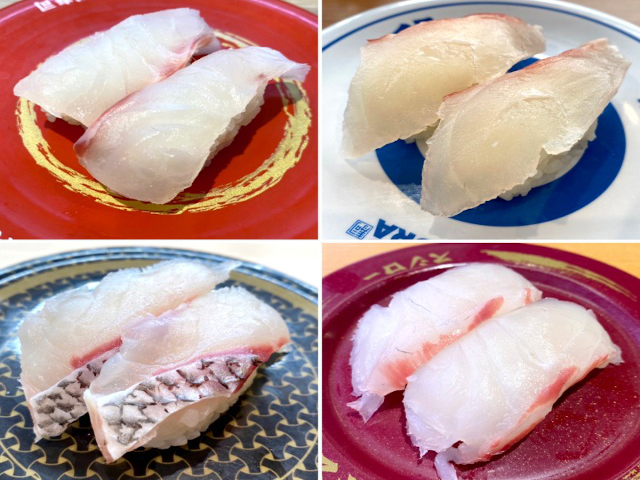
Only one of these lucky fish uses a special and highly lauded preparation method.
In his tireless pursuit of finding us the best conveyor belt sushi, our reporter P.K. Sanjun has been downing everything from salmon roe through to scallops, and today, it’s time for him to wrap his mouth around some tai.
In Japan, tai, or sea bream, is often eaten at celebrations as its name sounds like ‘medetai’ (a word used to mean ‘joyous’ or ‘auspicious’), and the red colour of the fish signifies good luck.
Eating tai can take you back to happy events, and conjure up memories of New Year’s, where its lucky connotations make it an integral part of the nation’s traditional osechi meals, but the fish isn’t reserved exclusively for celebrations. That’s why you’ll find it on the menu at a number of sushi joints, including the country’s top four conveyor belt chains.
▼ The top chains, clockwise from top left, are: Kappa Sushi, Kura Sushi, Sushiro, and Hama Sushi
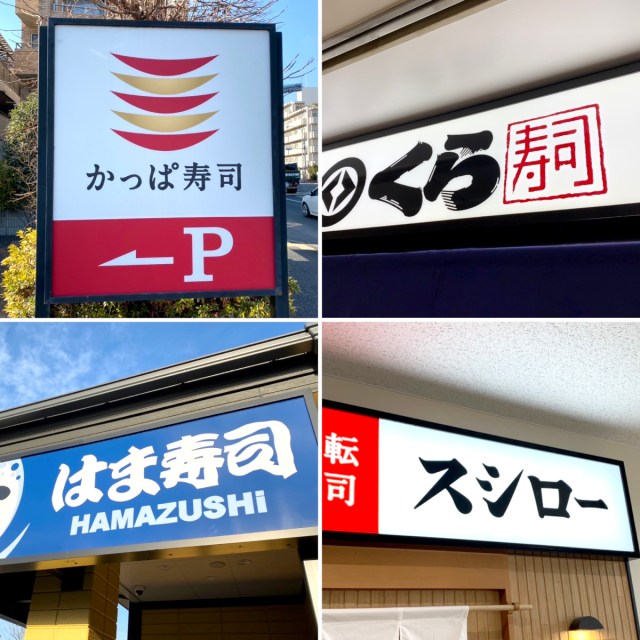
Recently, Sushiro has been edging out the competition to become the leader of the pack, or ‘school’ if we’re thinking in fish terms, but on this occasion, P.K. says a different contender wins the race when it comes to the best tai sushi.
According to P.K., a good tai sushi will have a classic umami taste that’s both delicate and light, and although soy sauce will help to enhance its flavour, the addition of salt is also highly recommended.
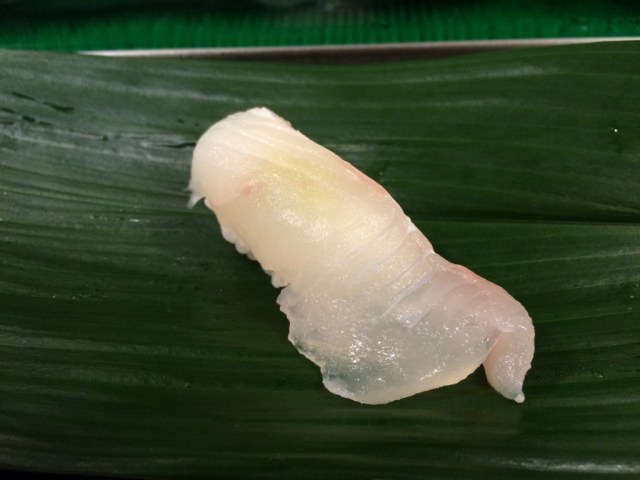
So let’s get straight to it by taking a look at P.K.’s notes from his comparison taste test between the four chains, which were all visited on the same day and within the space of about three hours for a fair testing.
● Kappa Sushi (165 yen [US$1.30])
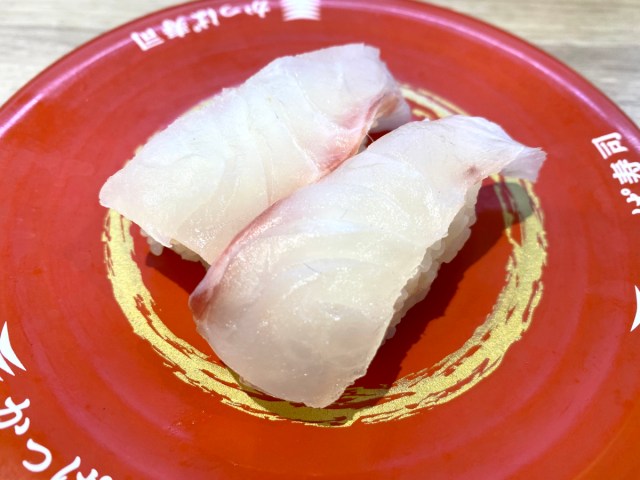
“Although the tai here wasn’t so thick, it had a moist texture and delicate umami. I had nothing bad to say about it — it was a good, standard, affordable sushi.”
● Kura Sushi (220 yen)

“These tai slices were a lot thicker, and so beautifully moist they hardly needed any chewing. Unlike the others, the tai here is aged so it has a slightly more distinct flavour. This one was slightly more expensive than the others, but it’s obviously made with very good quality ingredients.”
● Sushiro (165 yen)
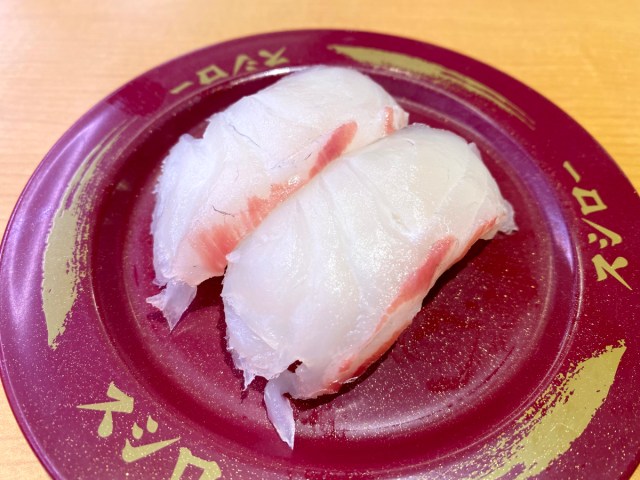
“The moist texture and delicate umami are excellent. There’s nothing particularly fancy about these, but you can tell they’re made with good quality ingredients.”
● Hama Sushi (165 yen)
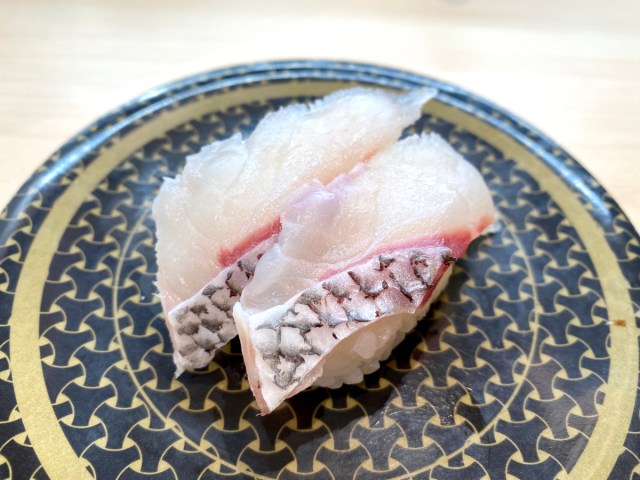
“The tai from Hama Sushi is definitely the clear winner. What makes this dish stand out from the rest is the fact that it’s made with the special ‘yushimo tsukuri’ preparation method. This method can only be applied to a few fish, and it involves submerging the fish in hot water first before transferring it to an ice bath to cool immediately. This heats the skin, activating the layer of fat beneath it to give it a chewy texture, while keeping the flesh raw, creating more texture and a lasting umami flavour on the tongue. Keeping the skin on the fish is an important addition when this method is used, and at just 165 yen, this is outstanding — a must-eat item at Hama Sushi.”
So there you have it — not only is the tai sushi at Hama Sushi better than the competition, it’s a must-eat item. P.K. says he wouldn’t turn any of them down, though, as they were all satisfying, but when you can choose between plain tai and tai prepared with the special yushimo tsukuri preparation technique, you should always choose the latter.
▼ Even the sushi-making star of the manga Shota no Sushi says: “Yushimo tsukuri is the best way to eat tai”.
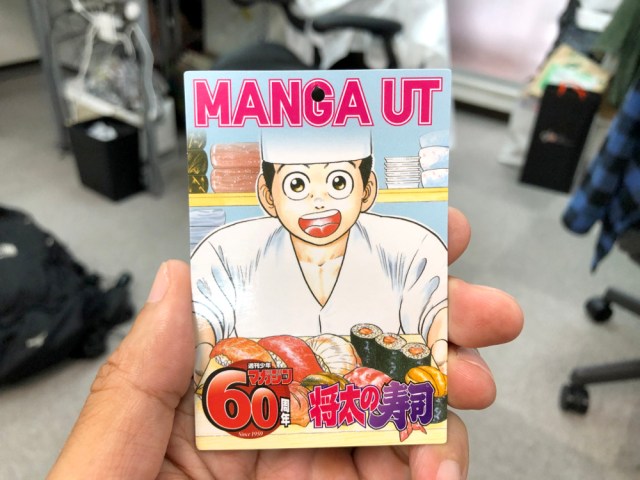
Hama Sushi deserves all the praise for keeping the skin on its tai and using this special preparation method to enhance the texture and taste of the fish. With flavour this great, it’s no wonder tai made it on to this list of fish Japanese people like most!
Photos ©SoraNews24
● Want to hear about SoraNews24’s latest articles as soon as they’re published? Follow us on Facebook and Twitter!
Credit:

0 comments:
Post a Comment